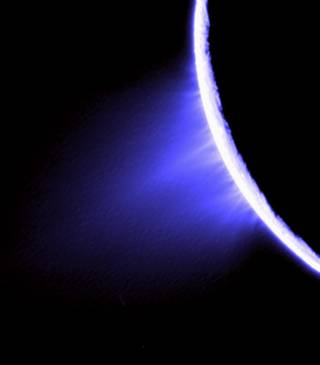Chapter 5: Settling Down
Chapter | 1 | 2 | 3 | 4 | 5 | 6 | 7 |
Settling Down
At approximately 100 million to 1 billion years old, planets tend to settle down in their orbits and stars don’t flare up as much. Our own solar system, about 4.5 billion years old, is the model for this idea of planetary "middle age." Mandell thinks of our planetary system as about 45 to 50 years old, when scaled down to a human lifetime.
But by studying exoplanets, the planets beyond our solar system, scientists know that our solar system is not the only way a planetary system can look in this comfortable age of life.
One star that recently became famous for its seven Earth-size rocky planets, TRAPPIST-1, formed somewhere between 5.4 billion and 9.8 billion years ago, safely older than our solar system. TRAPPIST-1, at only about 9% the size of our Sun, is an extremely faint M-dwarf star. All of its planets huddle extremely close together — all within the orbit of Mercury. Because the star’s energy output is so low, its farthest planet, TRAPPIST-1 h, may be a ball of ice, even though it makes one revolution around its star in less than 19 days. Another planet in this system, called TRAPPIST-1 e, is especially similar to Earth in the amount of starlight its surface receives, even though one “year” there is 6.1 days.
Hot Jupiters, about the same size as Jupiter or larger, orbiting much closer to their host stars and experiencing scorching hot temperatures, are nowhere to be found in our solar system. We could have had a hot Jupiter that got swallowed by the Sun early on, but plenty have survived in other systems -- even older ones. Two examples are HAT-P-65 b, which scientists calculate to be 5.5 billion years old, and HAT-P-66 b, with an estimated age of 4.7 billion years. Other exotic kinds of planets around other stars include "super-Earths" -- large rocky planets up to 10 times the mass of Earth -- and small gaseous planets called "mini-Neptunes."
Q. Will Earth always be able to support life? A. Probably not
The Sun may wipe out life on Earth even before it swells up to reach its red giant phase.
Over the next couple of billion years, the increasing amounts of energy Earth will receive from the aging, expanding Sun will warm its atmosphere. The hotter the atmosphere, the more water vapor it will entrap as water evaporates from Earth’s surface. The Sun’s ultraviolet rays will break this water vapor down into oxygen and hydrogen, a gas light enough to escape.
With water escaping into space through this process, the oceans will dry up and the crust will dry out, leaving a desolate, uninhabitable world. As volcanoes continue throwing carbon dioxide into the atmosphere, there will be no oceans to swallow it or life forms to store it. This buildup of carbon dioxide causes what is called a "runaway greenhouse effect," turning Earth into a hot, dry world like Venus. In fact, Venus may have once hosted a shallow liquid-water ocean and temperatures conducive to life before a runaway greenhouse process made its environment unbearable when it was as old as 2 billion years.
NASA Goddard Scientific Visualization Studio. FULL VIDEO
At the age of our solar system, things are calm -- for now. But as a star gets older, it may end up obliterating some of its planets. Will Earth survive? Read on to Chapter 6.

































